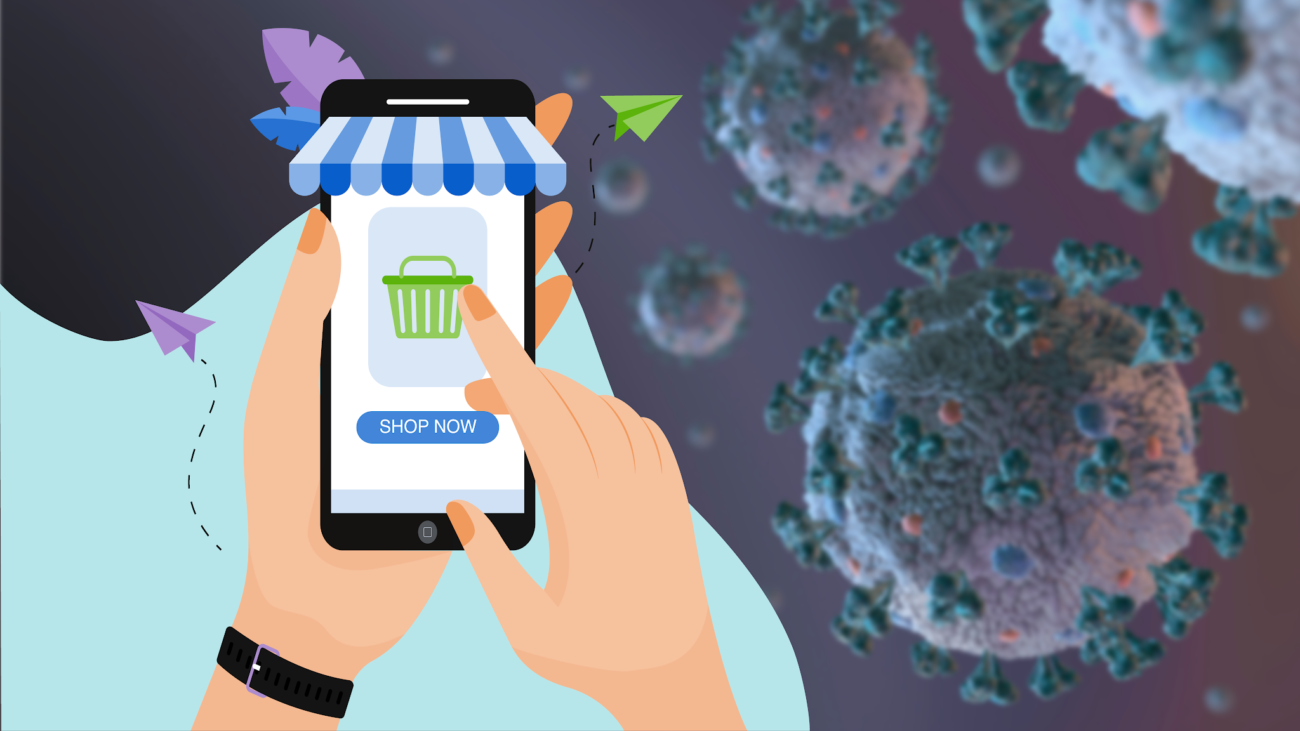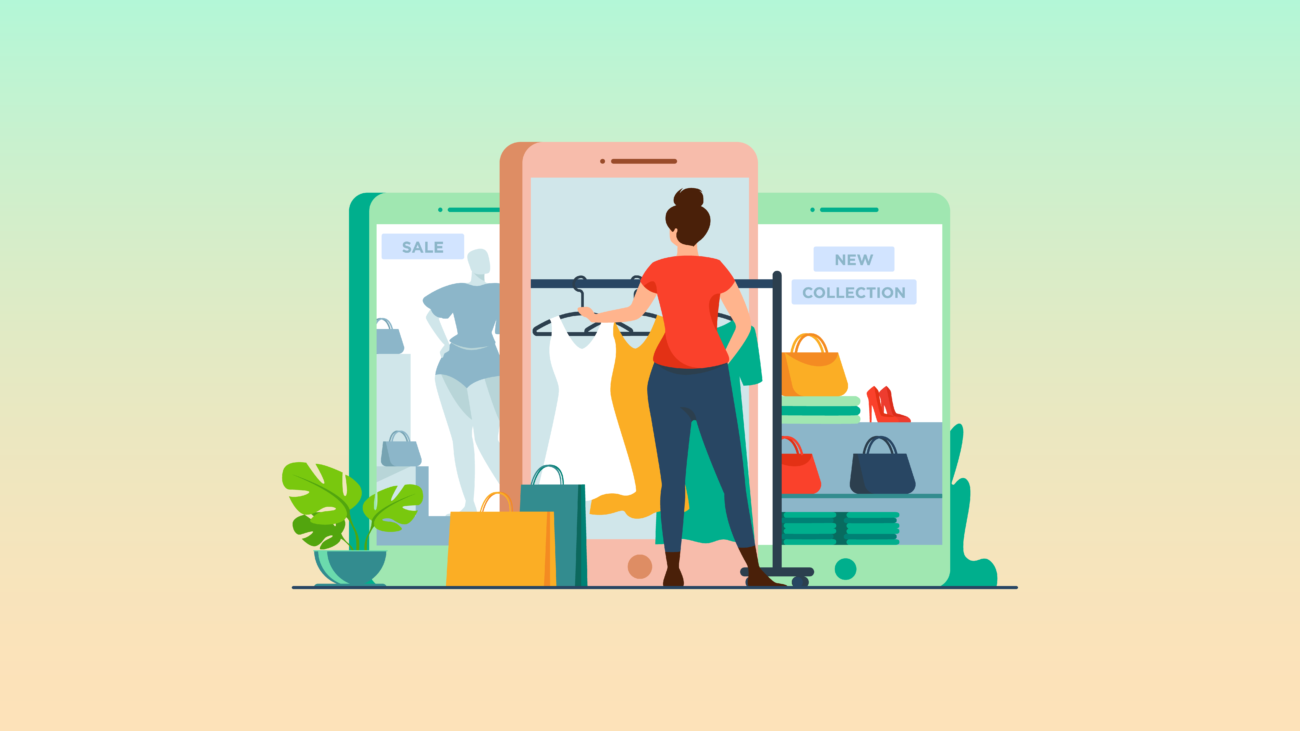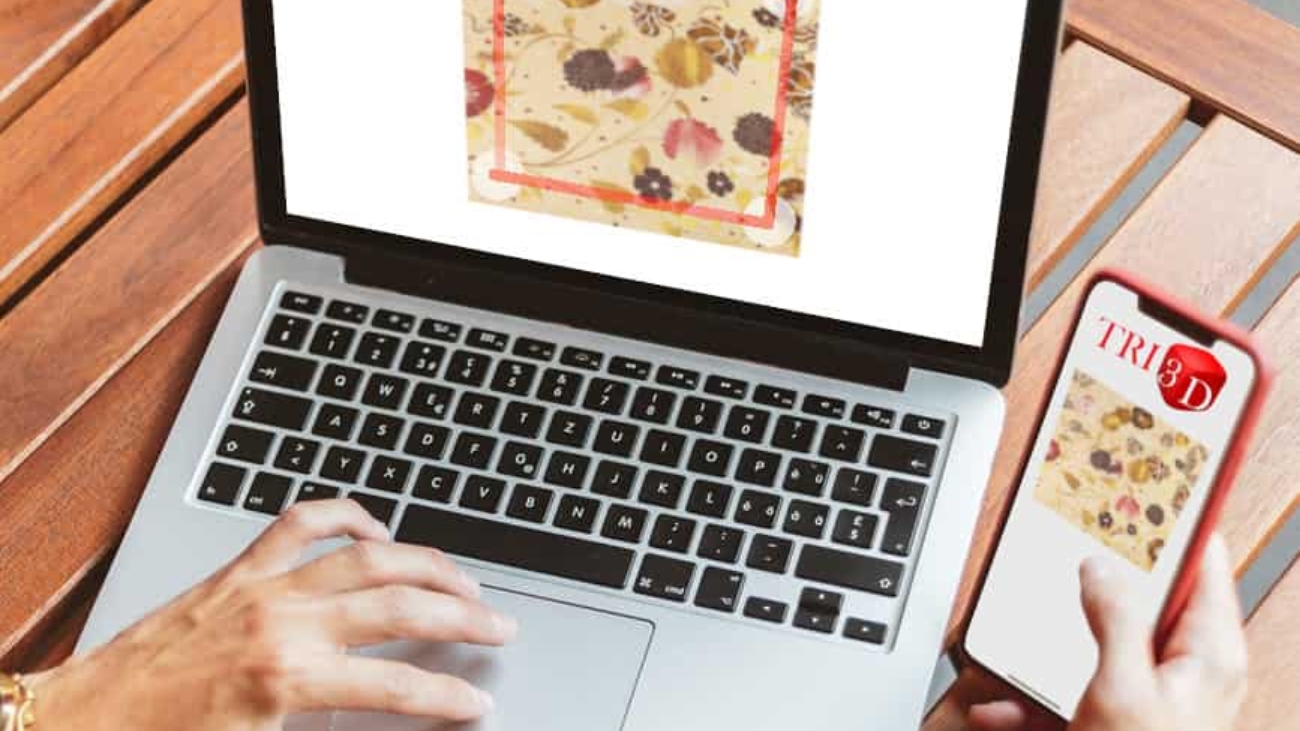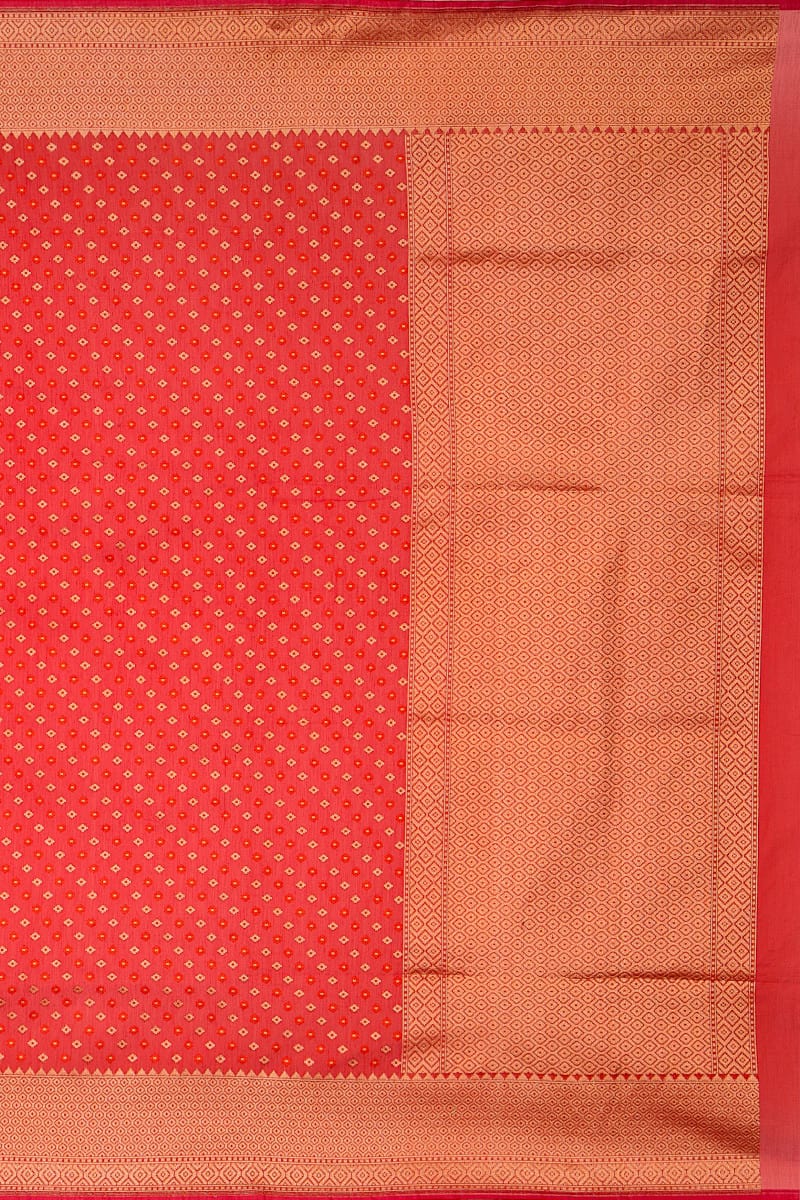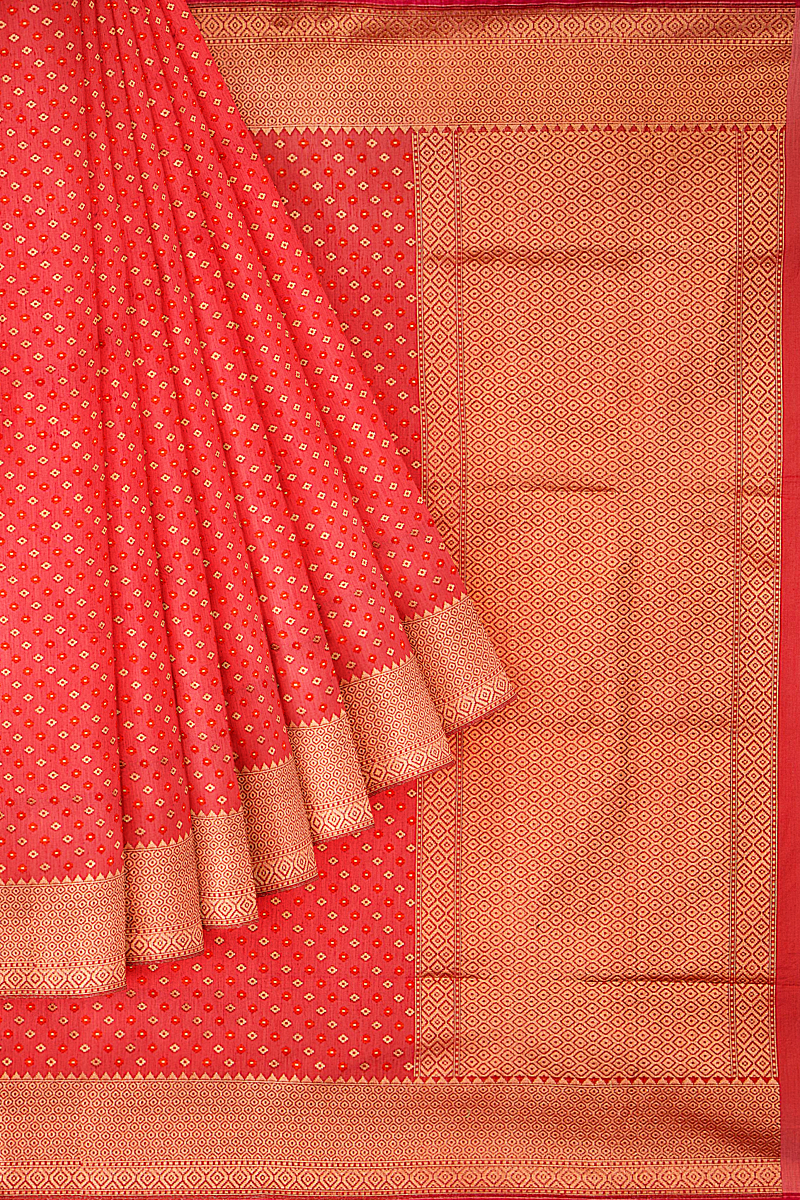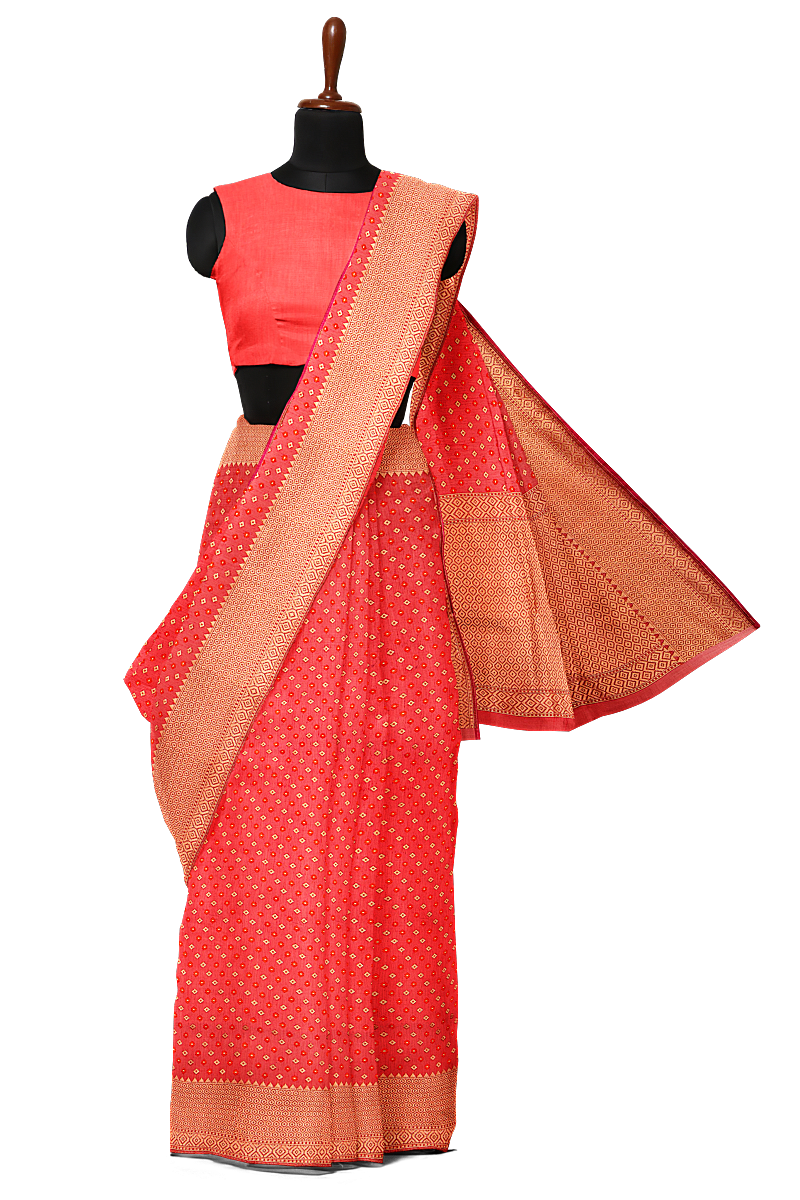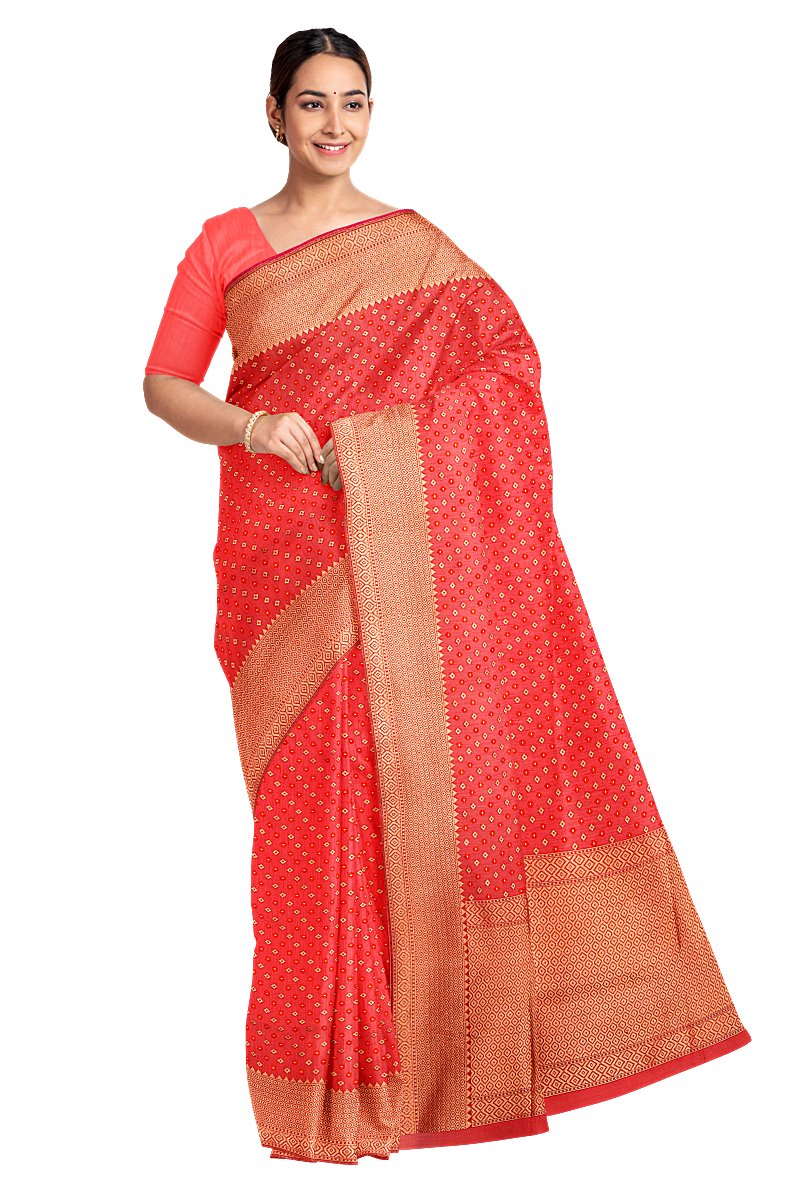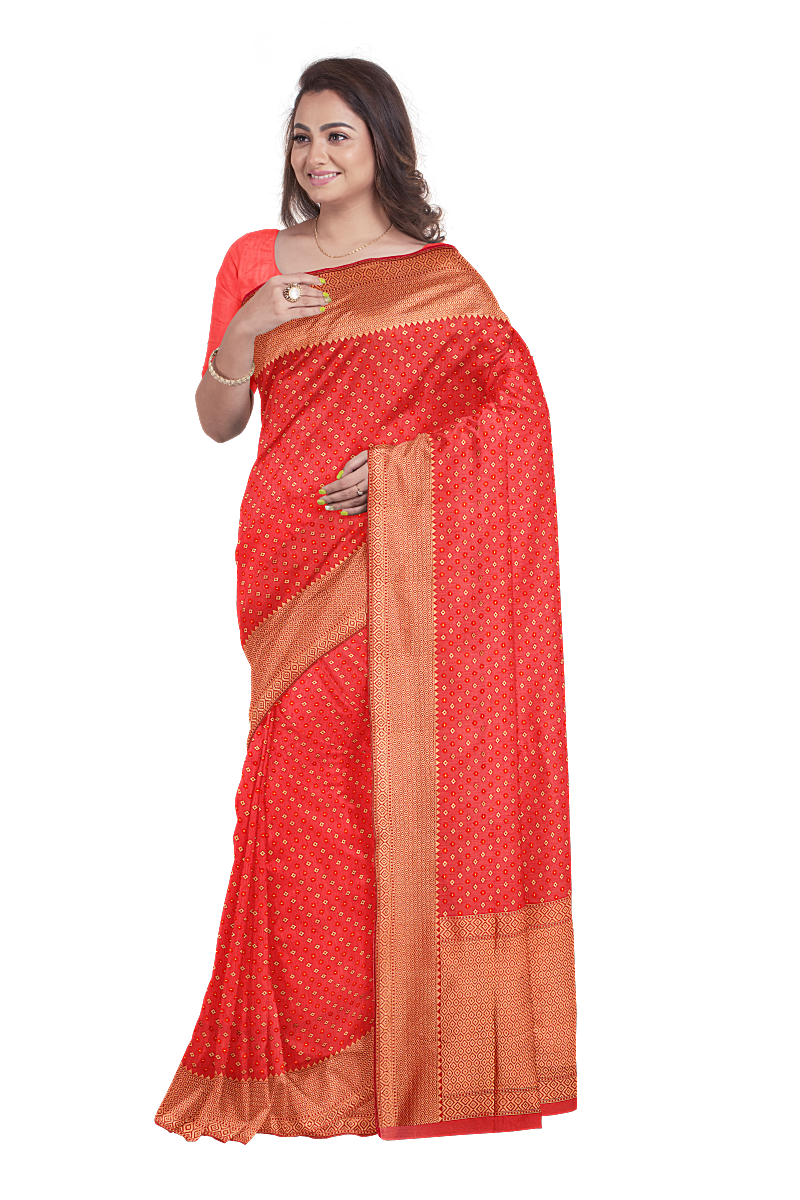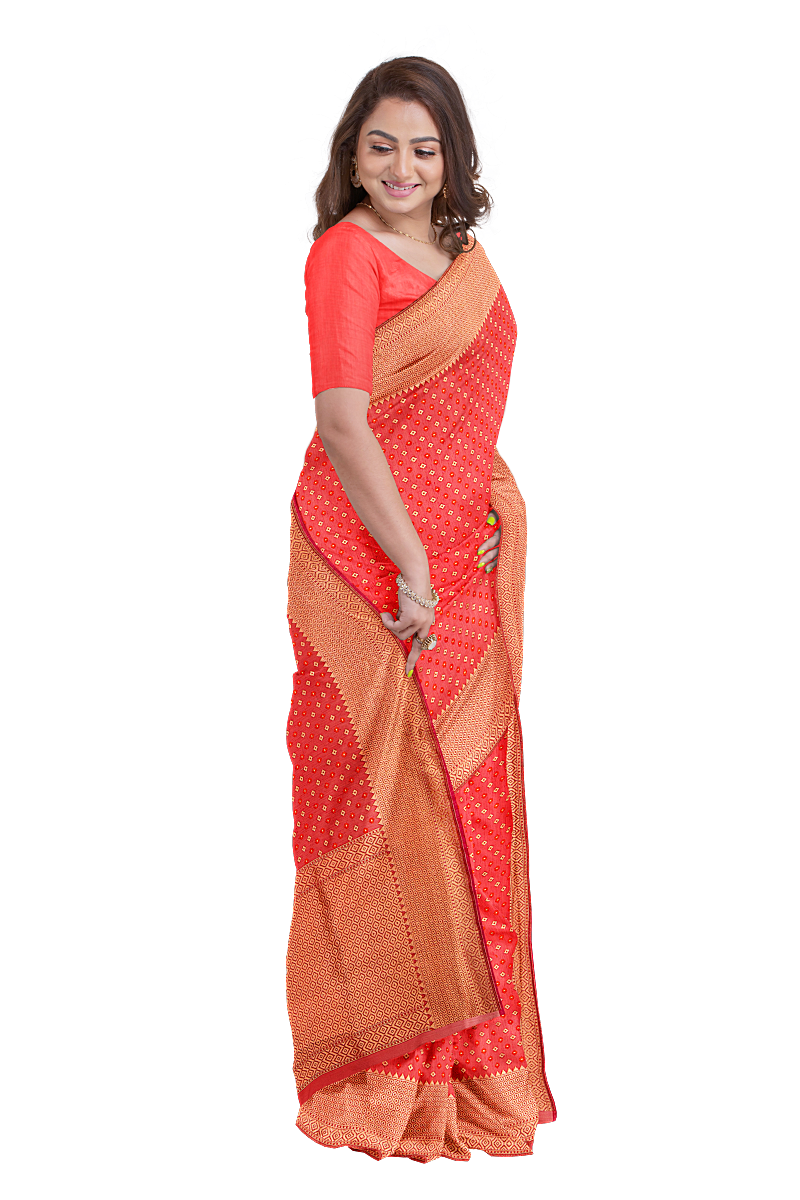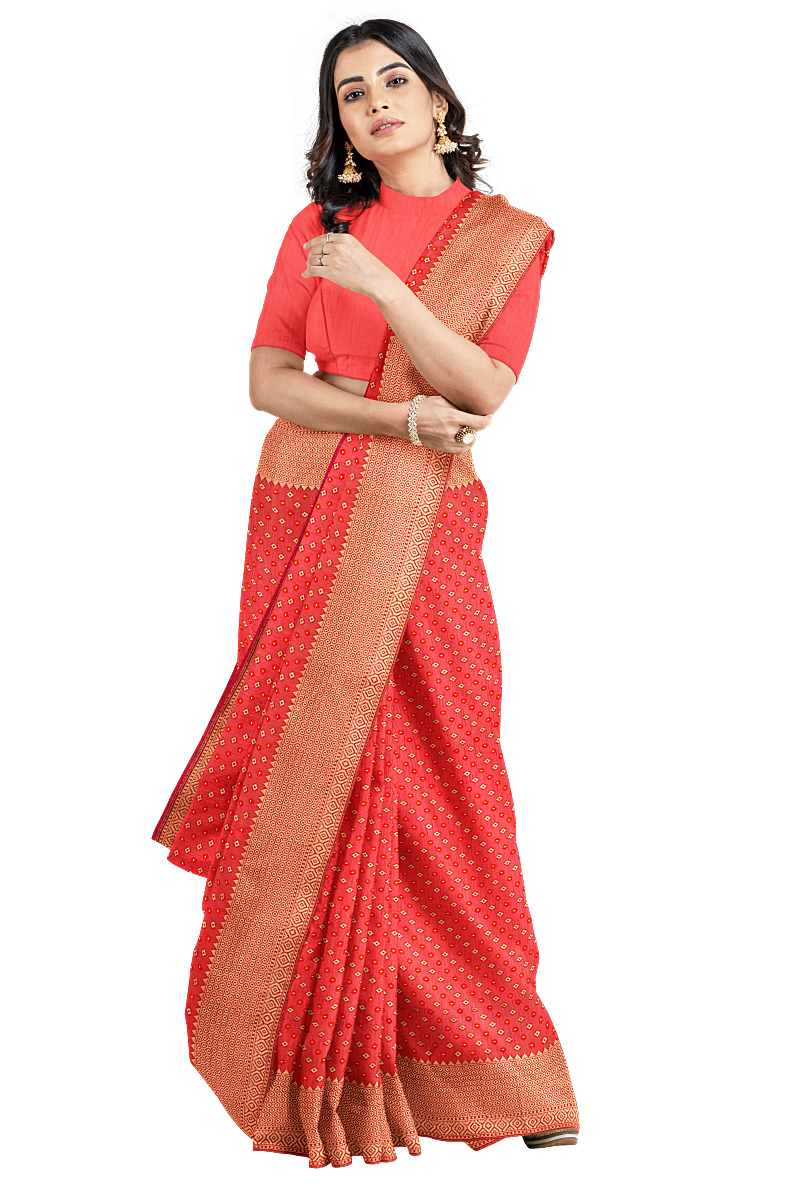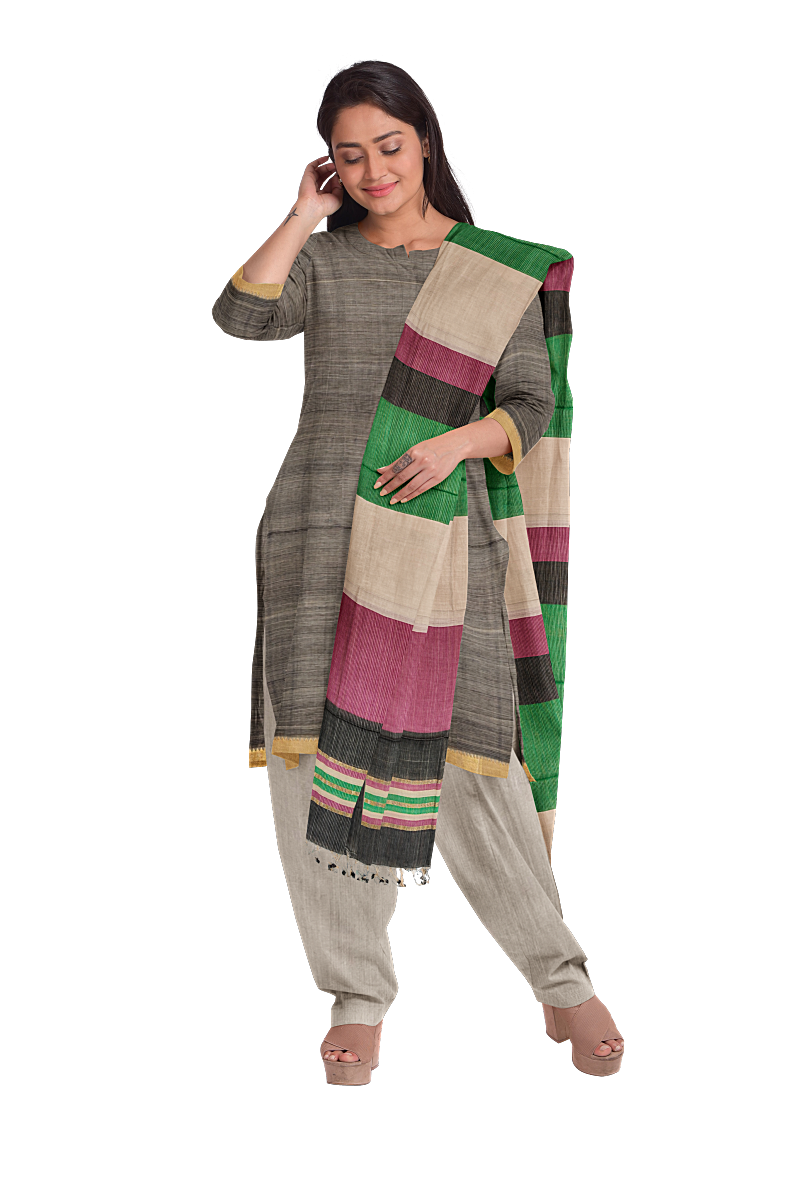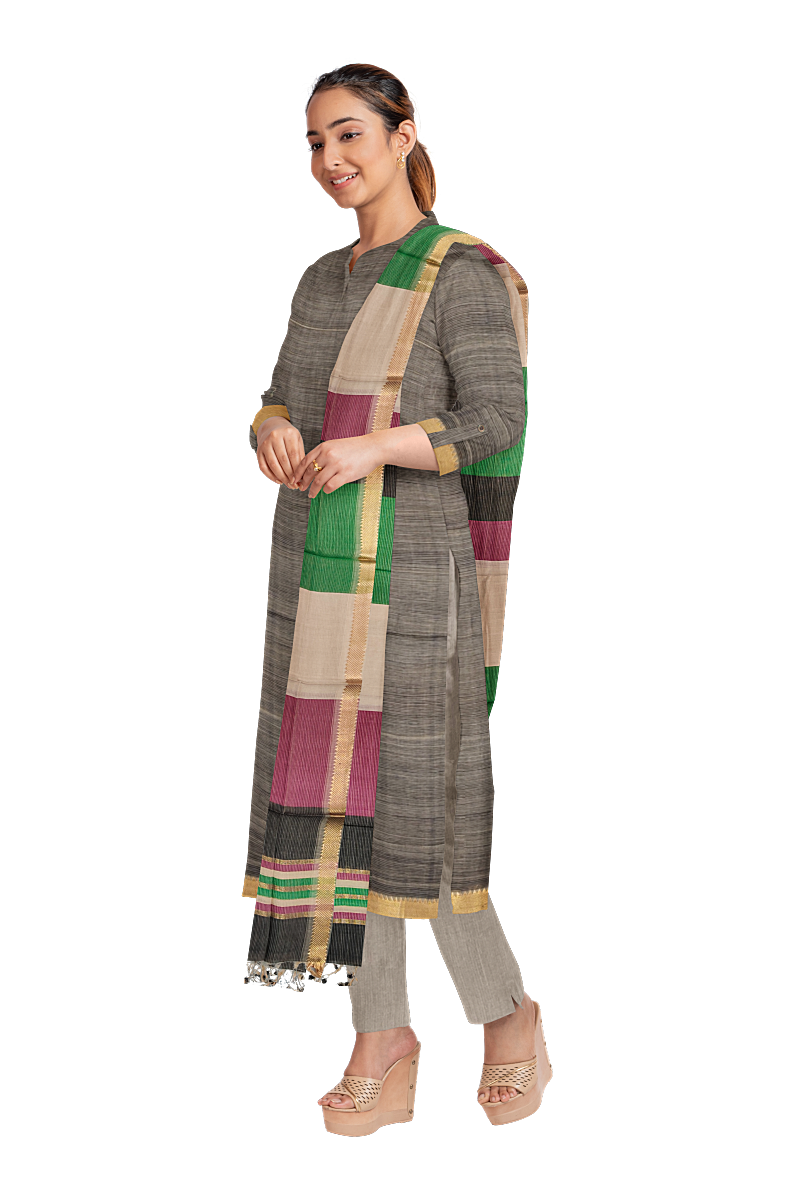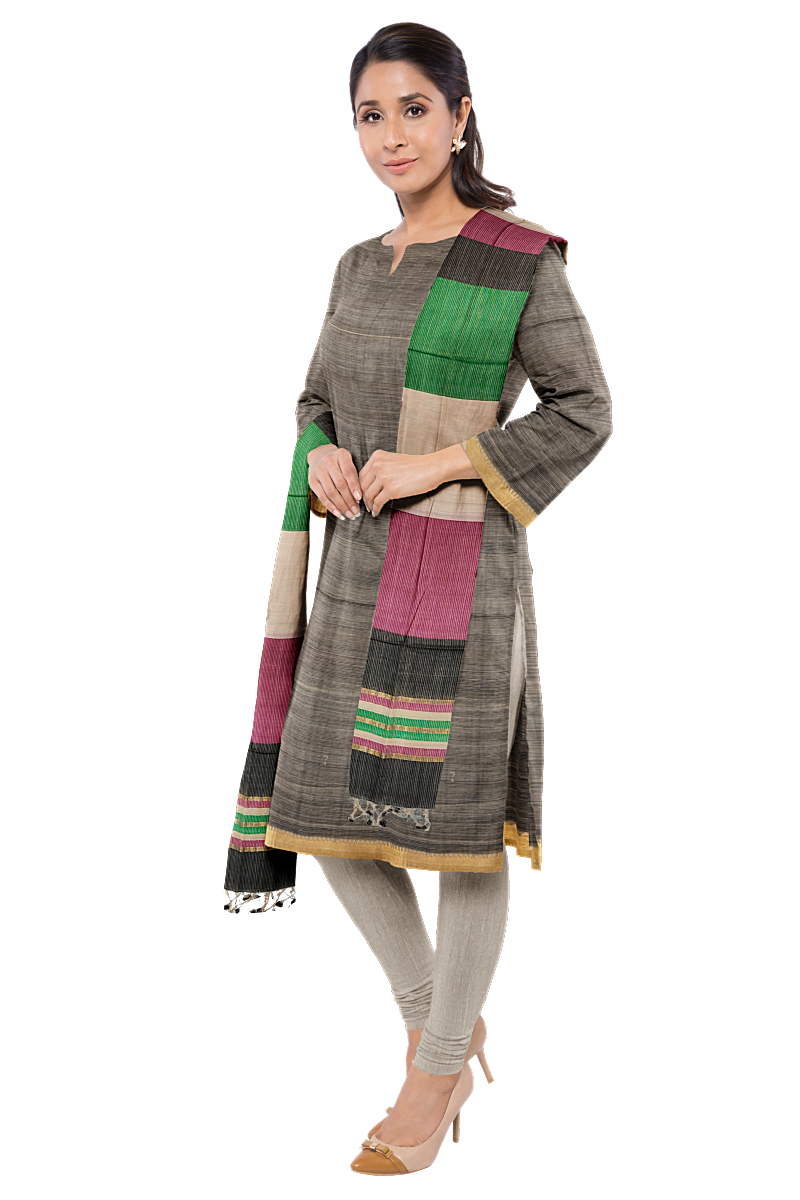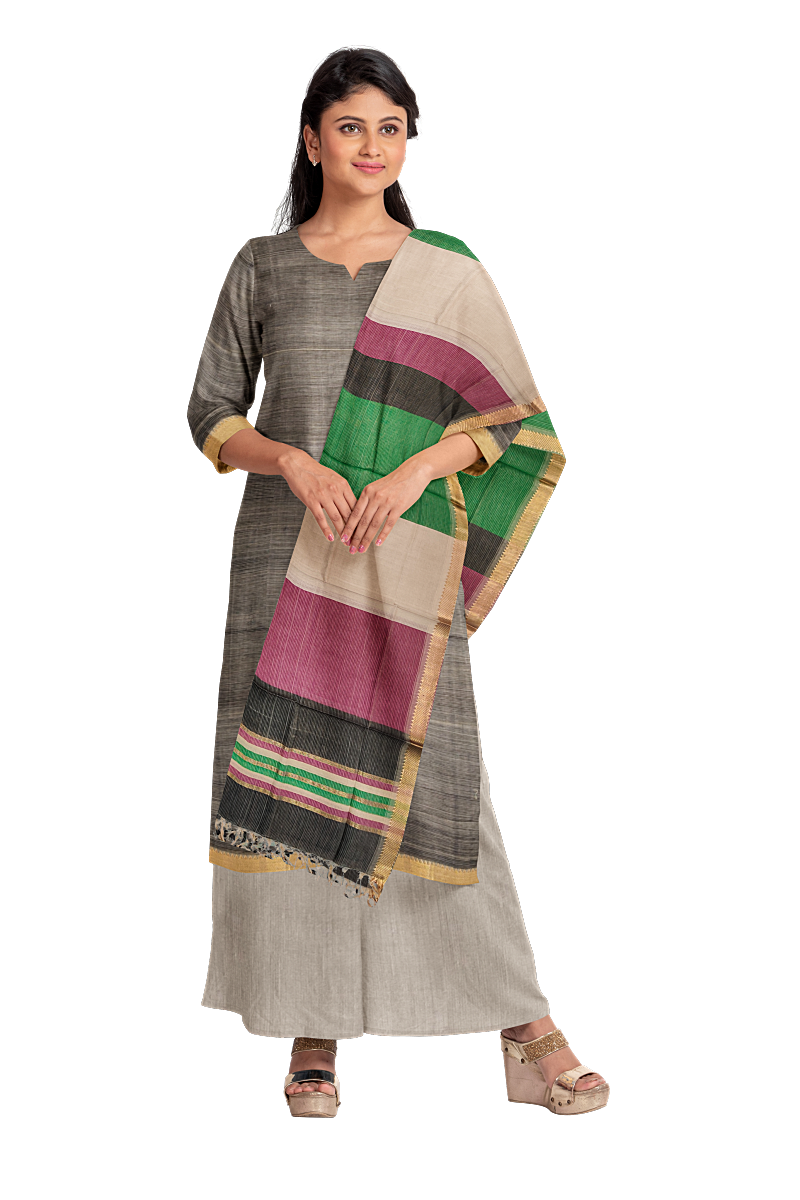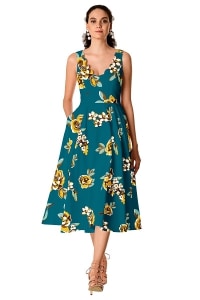COVID-19 Disrupted the global markets and we might be heading towards a recession. What should Businesses Plan for the times ahead?
The current pandemic, COVID-19, has disrupted the conventional methods of business transactions, and left the entrepreneurs brainstorming on fresh strategies to continue their operations. The retail and textile industry of India is no different and it is high time to relook and re-organize the strategies for manufacturing, operations, and sales.
Right Time to Move from Offline-2-Online and Omnichannel models?
Digital workflows definitely found its significance after the COVID hit the world. Businesses now can understand how important it is to have digital workflows – especially the front end sales through an e-commerce storefront. Even during the current lockdown times, online groceries, food deliveries, have been considered essential. With the vaccine for COVID-19 a good year away as per WHO, we would probably see a shift in the behavior of consumers, to do more online shopping rather than physically going to the markets or malls. It could very well be for the essentials, to begin with, but would apply to even for non-essentials over time. Safety might trump convenience as the main drive for this behavior change in the short term, followed by long term habitual change. Offline shopping could become more of an experience rather than being a way of life. I strongly believe that this could be a good time for people to re-think on investments, strategy, and plan to have an online front for the business too.
Survival is the key
While the above-mentioned shifts are important for long term, survival is the most important thing for the short term. Keeping the costs to a minimum, keeping in touch with the customers through this time, could be very important to bounce back slowly once the restrictions start to relax.
Sign up for more such exciting updates about TRI3D!
Keep your ears wide open to Customers
All said and done, at the end of the day, the entire eco-system is driven by customer behavior. Any prediction is capable of going for a toss. It is important to stay close to your customers and observe what is running in their minds. Align the teams on being customer first, and grab as many insights as possible.
Most of the thoughts are personal after following the markets, reading up some articles and observing our current customers. But here are some sources I would recommend for further reading
- https://www.indiaretailing.com/2020/04/21/retail/covid-19-crisis-20-25-pc-retailers-wont-be-able-to-survive-3-months-of-closures-lockdown/
- https://rai.net.in/images/insights/RAI%20Survey_Impact%20of%20COVID-19%20on%20Indian%20Retail.pdf
- https://www.bigcommerce.com/blog/covid-19-ecommerce/#changes-in-revenue-across-ecommerce
- https://www.thehindubusinessline.com/opinion/covid-19-impact-consumers-move-more-towards-digital/article31337127.ece
